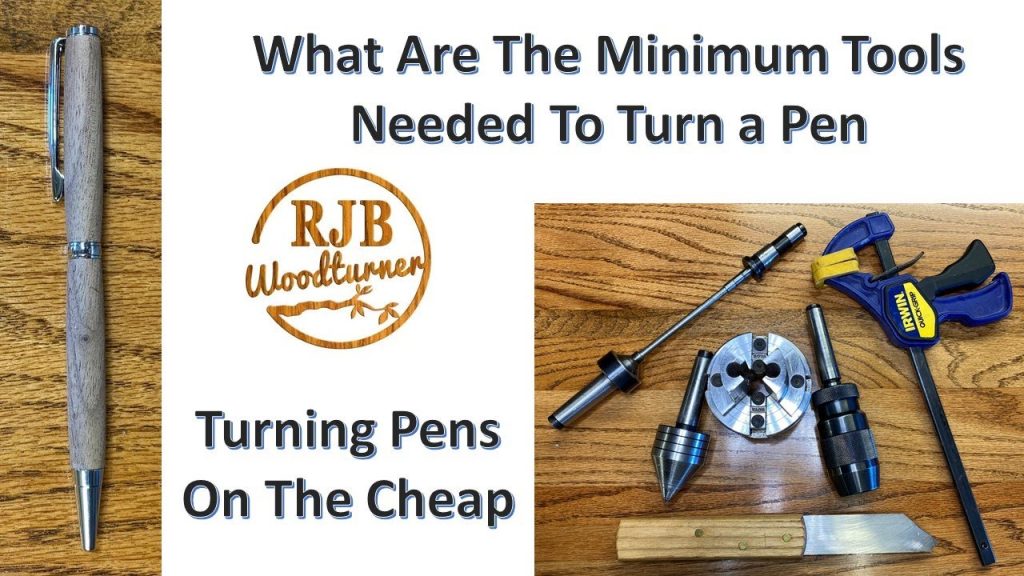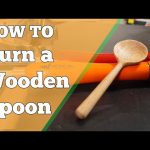Wooden Pens: A Perfect Beginner Woodturning Project
If you’re new to woodturning and looking for a fun, rewarding project to start with, turning wooden pens is an excellent choice. Not only does this project help you develop key skills like precision and tool control, but it also offers a satisfying, hands-on experience with results you can share or gift to others. Plus, wooden pens make for great personalized gifts or even products to sell!
Let’s dive into why turning wooden pens is the perfect beginner project and how you can get started.
Why Wooden Pens Are Ideal for Beginners
1. Precision Practice
Turning pens is a great way to practice working with tight tolerances and fine details. Since pens are small, they require careful control of your lathe tools to shape the wood smoothly and evenly. This helps beginners refine their skills and develop the precision needed for more advanced projects down the road.
2. Affordable and Accessible
One of the best things about turning pens is the low cost of materials. You can easily find affordable pen kits that come with everything you need, from the brass tubes and ink refills to the pen mechanisms. All you need to add is the wood, which is typically small enough that you can use offcuts or inexpensive blanks.
3. Spindle Turning Experience
When turning pens, you’ll be introduced to spindle turning, a technique that involves shaping wood between two points on the lathe. Spindle turning is used in many woodworking projects, so getting comfortable with it early on will help you with future tasks like making table legs, handles, or other cylindrical items.
4. Quick and Fun
Wooden pen projects are relatively quick to complete, making them an enjoyable way to build confidence on the lathe. In just an hour or two, you can transform a simple wood blank into a beautifully crafted pen. The immediate satisfaction of completing a project keeps the learning process exciting and motivates you to try more!
5. Great Gifts or Sale Items
Handmade wooden pens are not only functional but also make for thoughtful, personalized gifts. Whether you craft them as unique birthday presents, holiday gifts, or even sell them as part of a small business, your turned pens are sure to impress. You can choose from a wide variety of woods, including exotics like cocobolo or purpleheart, to add an extra touch of elegance and distinction to each pen.
How to Get Started Turning Wooden Pens
1. Gather Your Materials
To turn your first pen, you’ll need a pen kit, a suitable pen blank, and a lathe with the necessary tools. Pen blanks can be made from various woods, and each species will give your pen a different look and feel. You’ll also need sandpaper and a finish to give your pen a smooth, polished look.
2. Prepare the Blank
Start by cutting your wood blank to the appropriate size for your pen kit. Most kits will include instructions on how to size and prepare your blank. After cutting, drill a hole through the center of the blank for the pen mechanism.
3. Mount on the Lathe
Once the blank is prepared and glued to the brass tubes, it’s time to mount it on the lathe. Make sure it’s securely held in place with the correct mandrel and bushings, and you’re ready to start turning.
4. Shape the Pen
Using a spindle gouge or skew chisel, shape the wood into your desired pen profile. You can opt for a sleek, straight look or experiment with more intricate curves. As you turn, be mindful of achieving smooth, consistent cuts and avoid applying too much pressure.
5. Sand and Finish
After shaping, sand the pen to remove tool marks and smooth the surface. Start with a coarser grit and work your way up to finer grits for a polished finish. Once sanded, apply your preferred finish, such as friction polish or CA glue, to protect the wood and enhance its natural beauty.
6. Assemble the Pen
Once the finish is dry, it’s time to assemble your pen! Most pen kits come with easy-to-follow instructions for this step. Carefully press the components together, and just like that—you’ve crafted your very own handmade wooden pen.
Tips for Success
Start with affordable woods: For your first few pens, choose wood blanks from species like maple, cherry, or walnut. These are easy to work with and offer beautiful results without being too expensive.
Keep your tools sharp: Sharp tools are key to getting clean cuts and a smooth finish. Dull tools can cause rough surfaces or tear-outs.
Experiment with finishes: Try different finishes to see which one you prefer for your pens. Some finishes, like CA glue, provide a high-gloss, durable coat, while others, like friction polish, offer a softer sheen.
Take your time: Precision is important when turning pens, so don’t rush the process. Focus on smooth, controlled cuts to achieve the best results.
Conclusion
Turning wooden pens is an exciting and rewarding project for beginners. It’s affordable, and quick, and helps you develop important woodturning skills that will translate into more advanced projects in the future. Whether you’re making pens as gifts, for personal use, or to sell, each one will be a unique expression of your craftsmanship.
Ready to get started? Gather your pen kits, blanks, and tools, and enjoy the satisfaction of creating your very own custom wooden pen!



